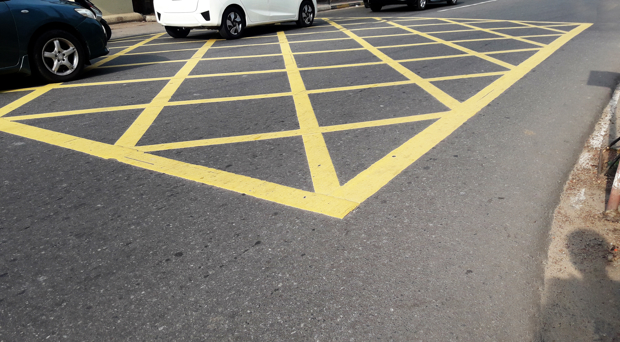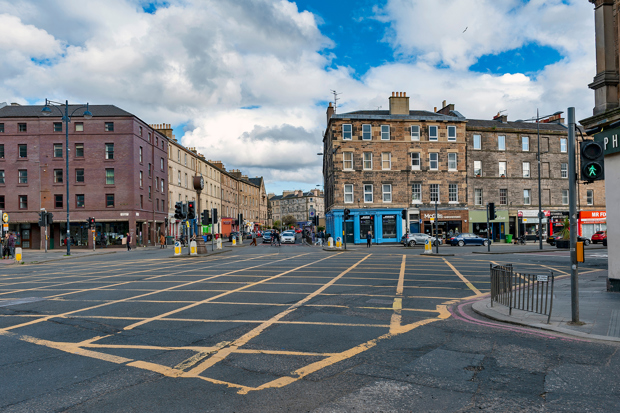Most yellow box junctions 'bigger than they need to be'

Motorists are suffering countless unnecessary fines because the vast majority of yellow box junctions are bigger than they need to be.
A new study commissioned by the RAC found that 98 of the top 100 yellow box junctions in London and Cardiff were bigger than necessary – with the average box being 50% larger than it needed to be.
More than half were not under traffic light control, and could easily be converted to ‘keep clear’ markings and serve the same purpose, without risking a Penalty Charge Notice for motorists.
Poorly designed and oversized boxes, explains the RAC, create all sorts of problem. Highway Code Rule 174 states that motorists can only enter them if they can see their exit is clear – but if it’s so big it is impossible to see where it ends, judging whether to drive or not becomes difficult.
The RAC, along with former Transport for London yellow box designer and ‘Yellow Box Guru' Sam Wright, are now calling for the Government to refresh the advice it gives to councils.
"With more and more councils starting to enforce yellow box junctions, it is absolutely vital that they are designed first and foremost with aiding traffic flow – and that they don’t simply exist to raise revenue from drivers," says the RAC’s Rod Dennis.
Any box that’s bigger than needed "risks drivers being fined unnecessarily when their actions haven’t contributed to congestion".
There are numerous reasons why yellow boxes may be too big – the most likely being that they were painted before 2016, when regulations were last updated and stated boxes had to extend to the kerbs on either side of the junction.
"Making sure yellow boxes are the correct size is extremely important when you consider that even a car bumper overhanging part of a box can result in a driver being fined up to £160," says Sam Wright.
“Yet in so many cases, drivers can’t avoid stopping in them, a good example being where a yellow box is so big that a driver can’t see where it ends. Throw in some bad weather that reduces visibility, and the potential for unnecessary fines increases further.
Wright claims that the Government has stated that ‘poorly designed schemes can undermine enforcement and give rise to public perfection of revenue raising’.
But he says it now needs to go further and be crystal clear with local authorities about what is acceptable and what isn’t. "The current official design guidance is woefully inadequate," he adds.
What is the penalty for stopping in a yellow box junction?
London
Many box junctions have cameras in place, which can see motorists fined automatically. On Transport for London red routes, the penalty charge notice is £160, reduced to £80 if paid within 14 days.
London boroughs
The penalty in London boroughs is £130, reduced to £65 if paid within 14 days.
Cardiff and other English authorities
Authorities in Cardiff and England that have been granted the power to enforce can charge a £70 penalty. This is reduced to £35 if paid within 21 days.

Can mobile traffic enforcement cameras issue speeding fines?


